CONNECTIVITY IS KEY TO NEW YORK’S SUCCESS
Reliable and fast online access is not a privilege, but a necessity to succeed in modern life. Just as important as water or electricity, connectivity is a fundamental underpinning of almost every sector.
The digital divide became even more starkly apparent during the pandemic – a fact widely recognized by elected officials at all levels of government, spurring historic levels of funding to address this long-standing problem.
Ensuring that every New Yorker – particularly those in unserved or underserved lower-income urban and rural areas – get the connectivity they need and deserve requires innovative solutions, smart policies, public-private partnerships, and new levels of coordination by state and local governments.
With committed and effective leadership, New York can advance toward the goal of universal access and enhance public safety, improve public health resources, increase educational opportunities, and build a more equitable and prosperous future.
-

Internet users in the U.S. increased by 8.4 million between 2021 and 2022
-

Average monthly consumer broadband consumption in North America increased 165 percent from 2021 compared to 2017
-

More than one million – 13.8 percent – New York households lack access or a subscription to home broadband
ABOUT LET’S CONNECT NY
Let’s Connect NY’s mission is to educate residents, businesses, and decision makers about the efforts underway to deliver fast online access to residents in every corner of the state, as well as the importance of increasing connectivity and advocating for policies that will bring high-speed service to every New Yorker.
Coalition members are united in the belief that robust and high-speed online access is paramount to propelling New York’s economic growth while supporting and improving public safety, health, education, and so much more.





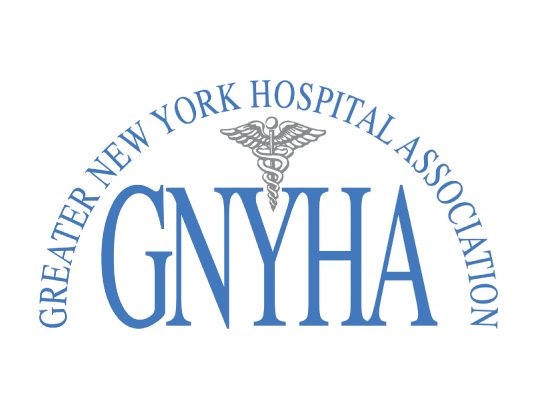


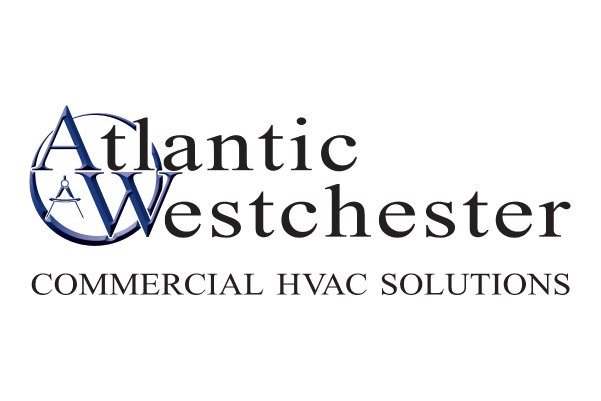


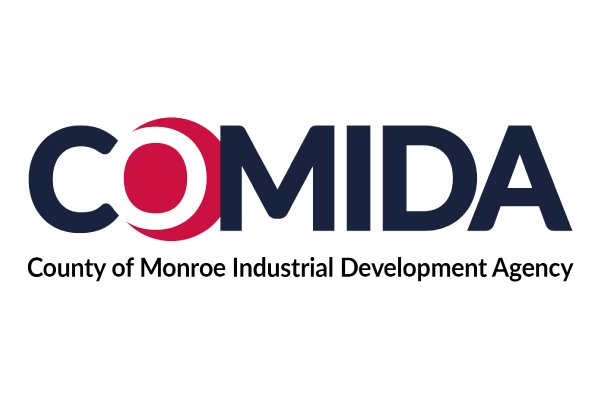
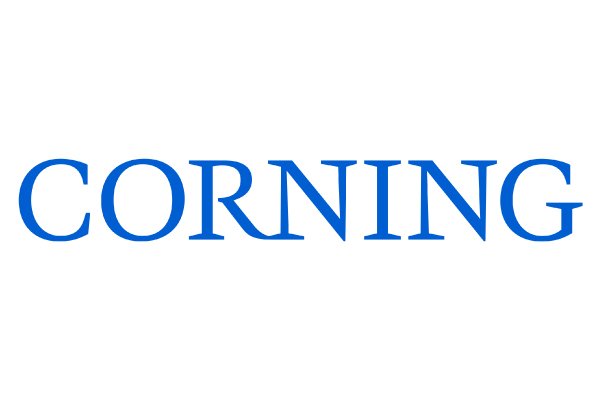
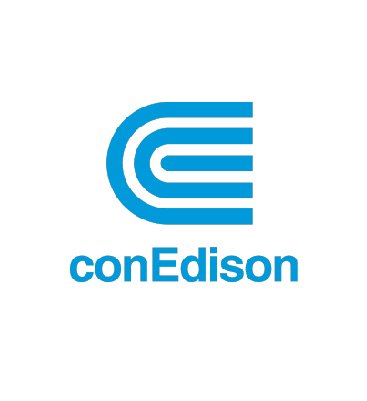
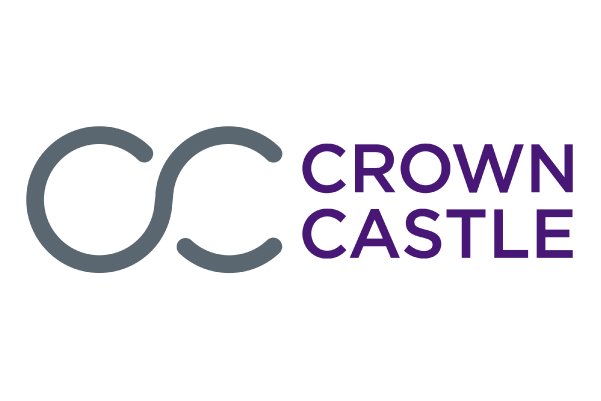
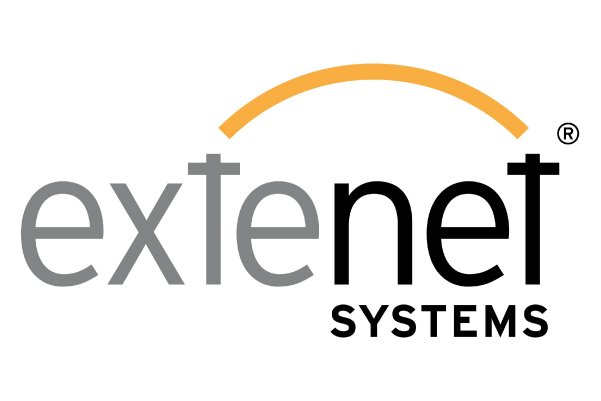
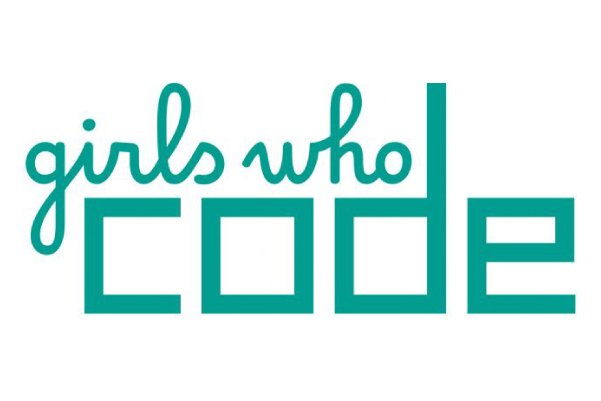
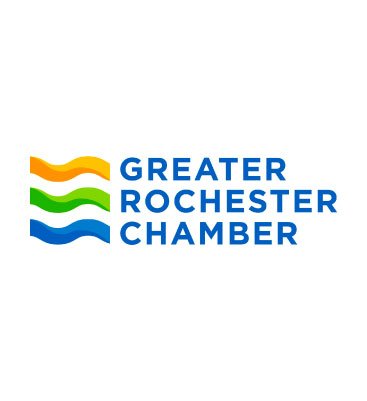

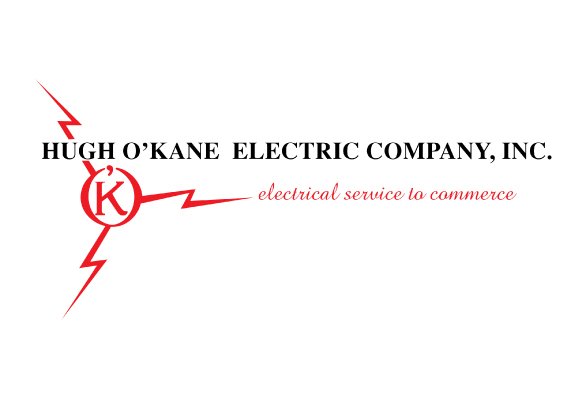
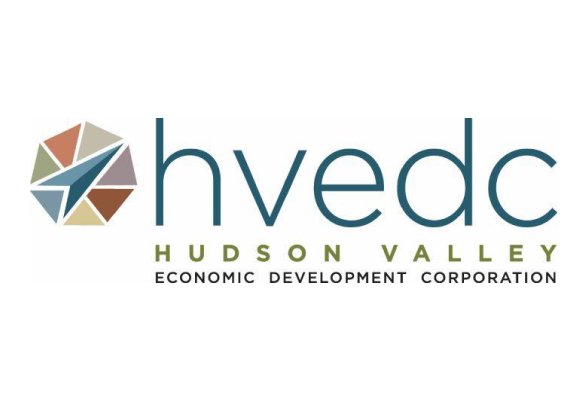
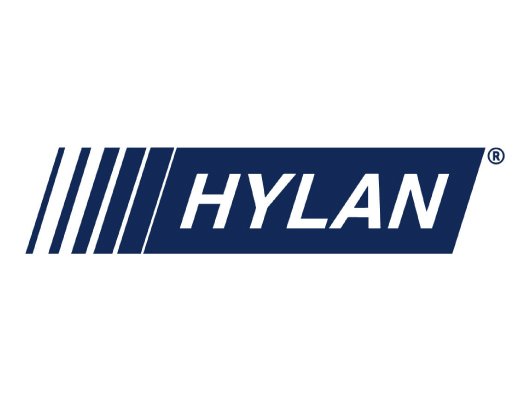
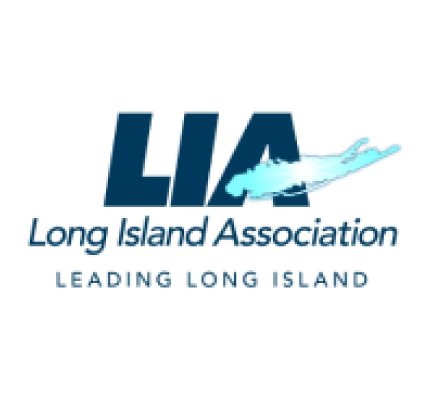
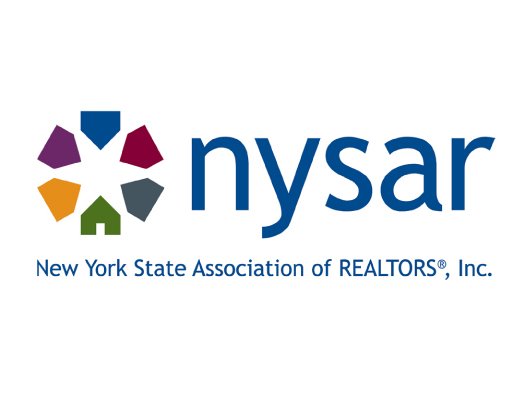
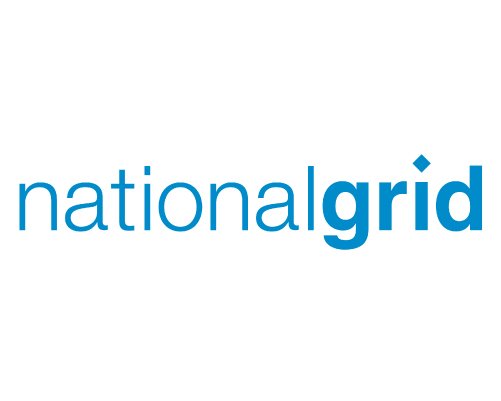
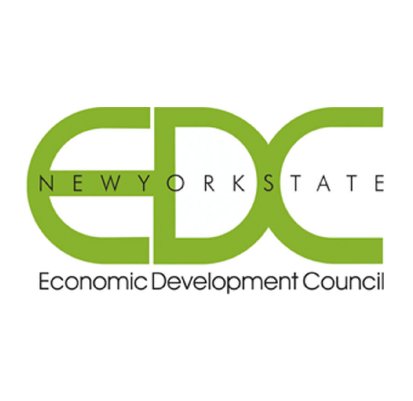
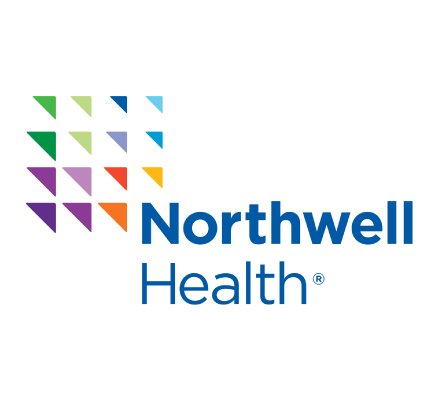

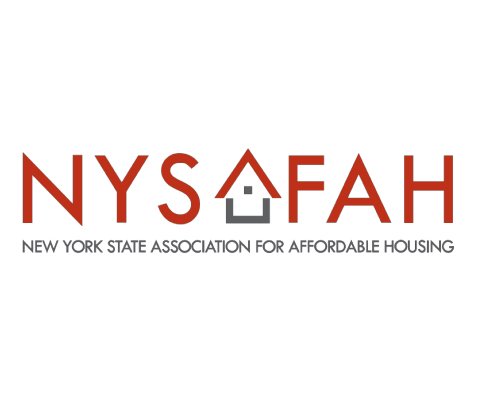


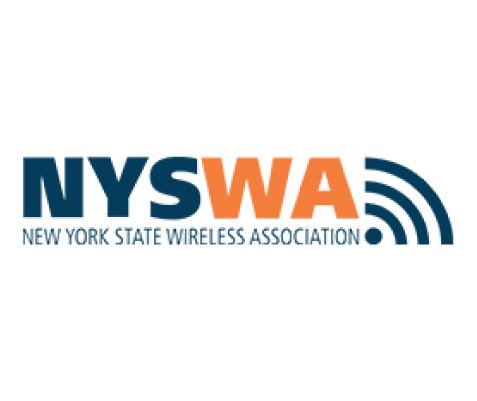

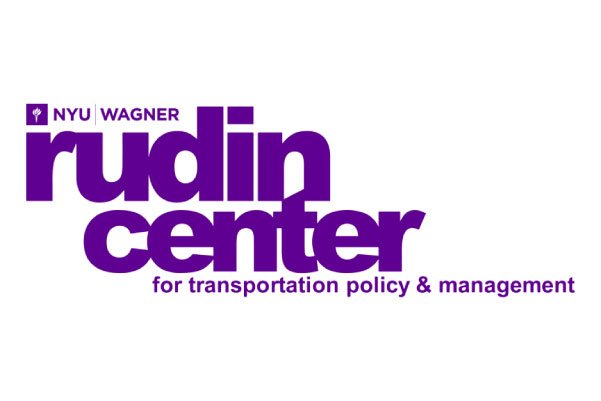

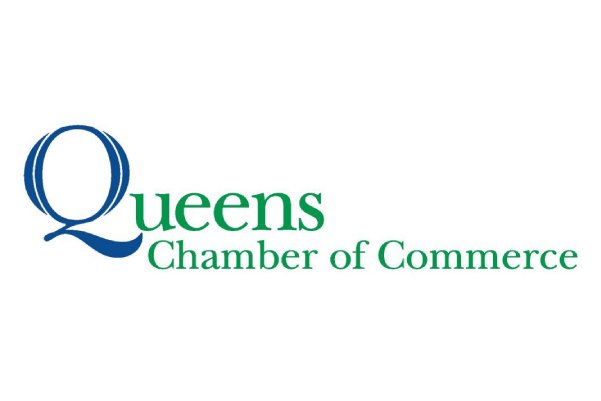

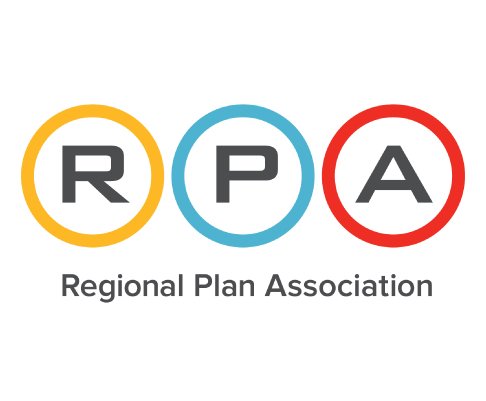

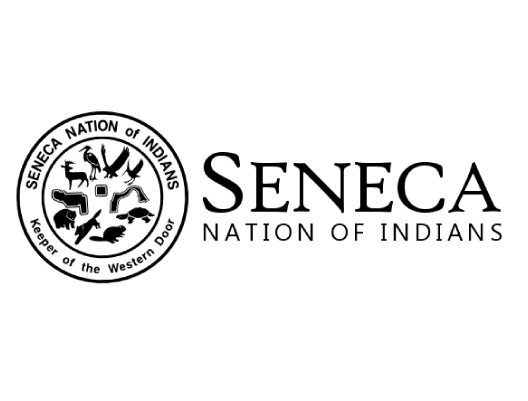
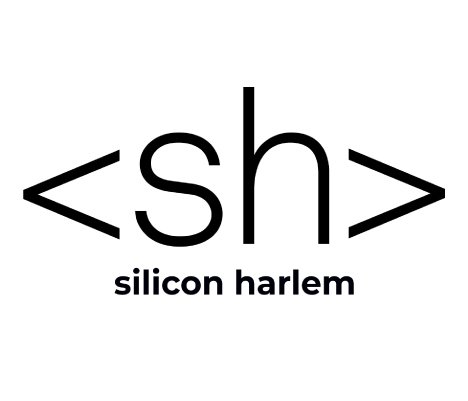
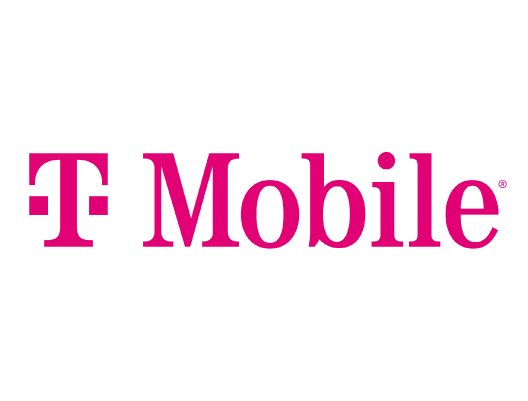
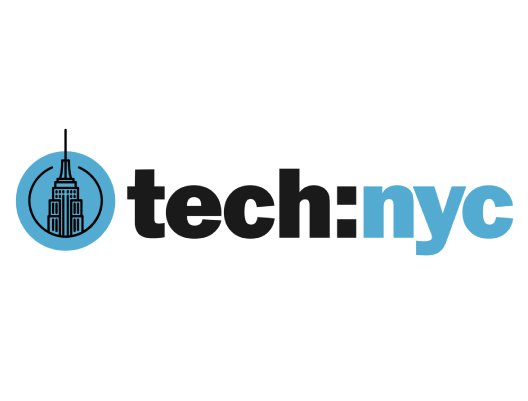
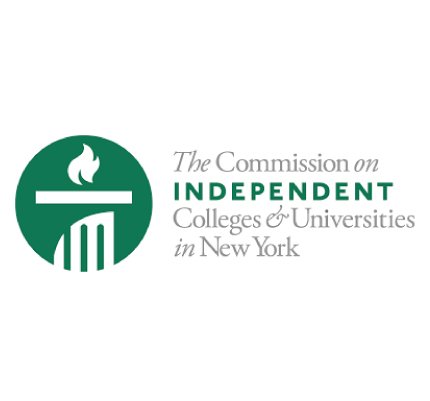
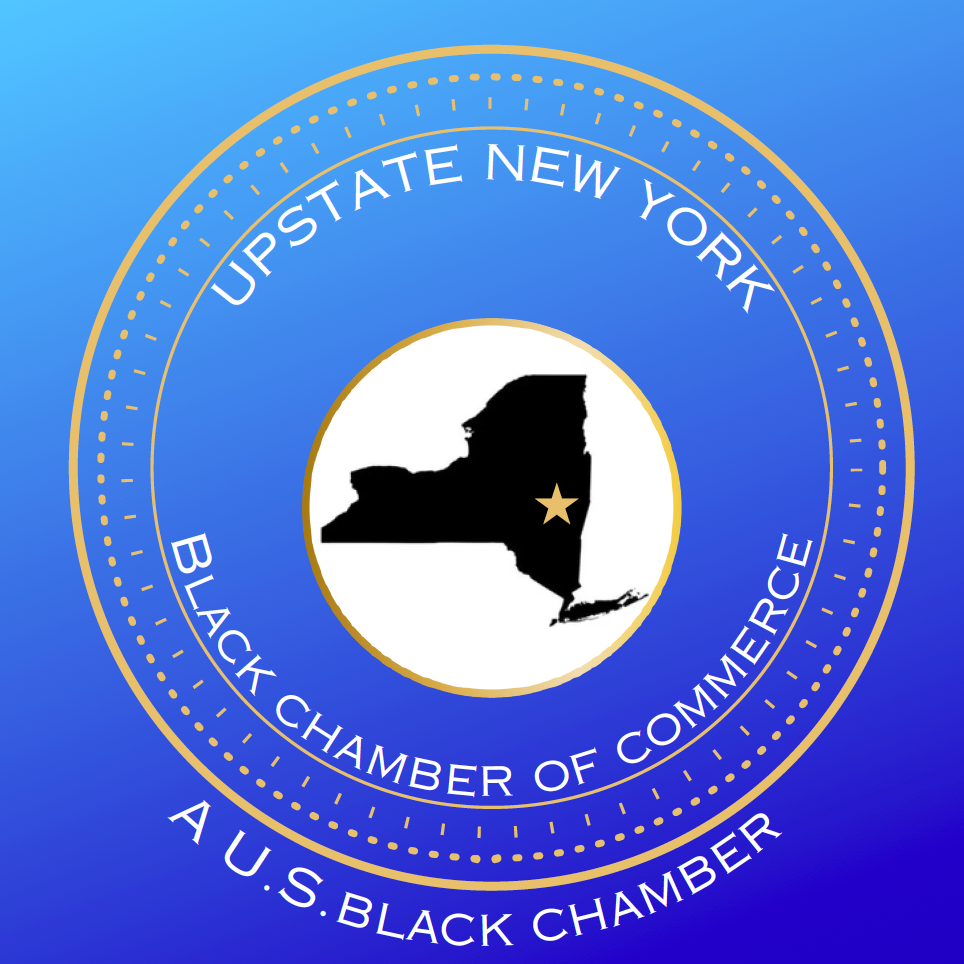
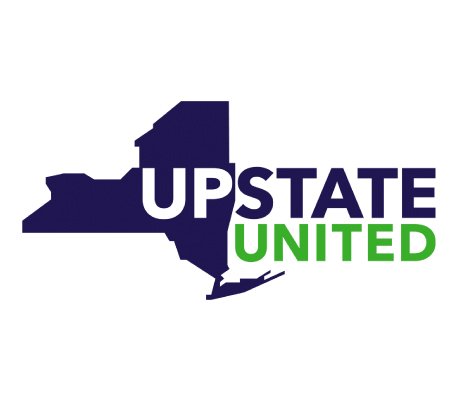
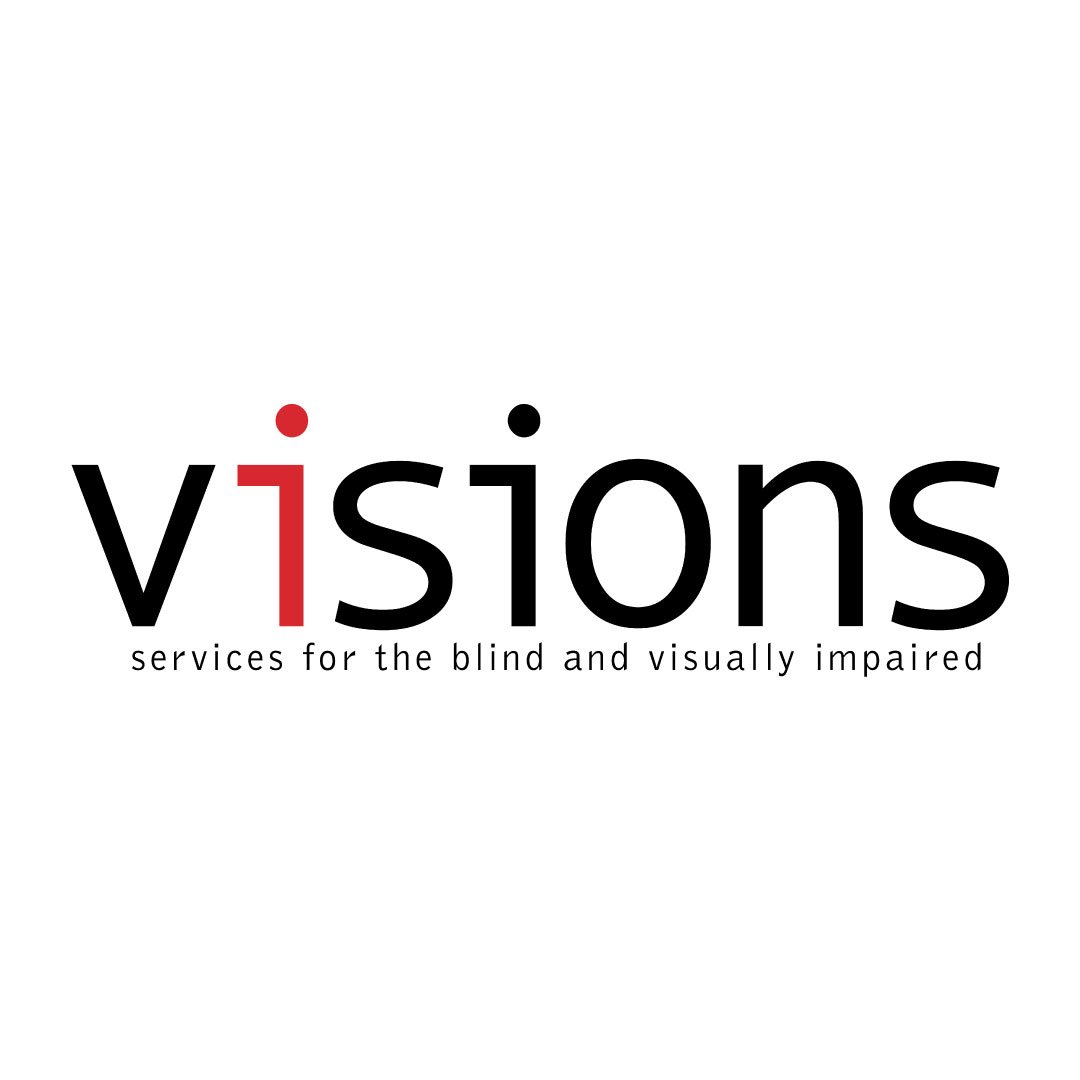
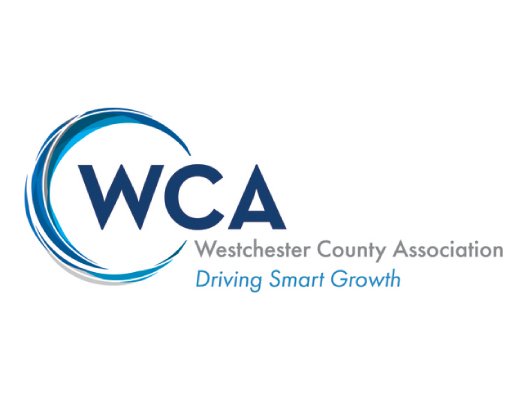
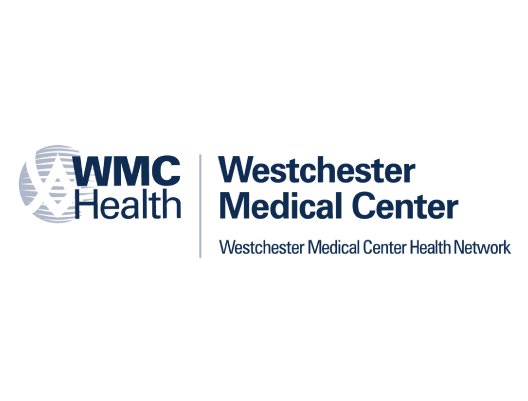

IT’S TIME TO
CLOSE THE DIGITAL DIVIDE
The unprecedented amount of federal investment earmarked to improve broadband access for underserved New Yorkers has provided a once-in-a-lifetime opportunity to close the digital divide and positively impact residents across the state for generations to come.
According to the American Immigration Council and industry experts, racial and ethnic minority groups have lower rates of broadband coverage compared to the overall state population. In 2019, nearly one in four people – or 23.9 percent – of racial and ethnic minorities did not have high-speed internet at home.
Research also finds that rural communities disproportionately suffer from minimal to no broadband coverage, with 31.2 percent of rural New York residents lacking access to broadband internet.
Moreover, individuals who are blind or visually impaired and senior citizens also lack digital connectivity. A recent report by Aging Connected found that Nearly 22 million (42%) of American seniors lack wireline broadband access at home. People living with functional impairments are twice as likely to be offline.
WHAT A CONNECTED FUTURE
MEANS FOR NEW YORKERS
New Yorkers require connectivity to engage in all aspects of their lives – from education and telehealth to hybrid work, housing, employment, government benefits, and more. Yet, far too many residents lack high-speed broadband services, particularly those in lower-income communities of color.
Strengthening Public Safety
Underserved or unserved zones in New York’s neighborhoods, parks, and public transportation services create unsafe situations for residents in need of public safety services. A survey conducted in 2022 identified nearly 300 such zones in the Capital Region and Hudson Valley alone. With approximately 80 percent of 9-1-1 calls placed from wireless devices, reliable and fast connectivity is critical, and these zones pose a public safety risk.
Expanding Access to Public Health and Medical Services
Significantly increasing the speed and reliability of digital video and data transmission services – especially in under-served communities – through fast and accessible connectivity will make it easier for patients to connect with doctors and other healthcare professionals.
Improving Education and Keeping Students Connected
Improving connectivity by closing the digital divide will revolutionize education for students, teachers, and parents alike by dramatically improving communication, reducing download times, and facilitating the use of new, state-of the-art technologies in all kinds of digital classrooms.
HOW CONNECTIVITY WILL STRENGTHEN
NEW YORK’S ECONOMY
Over the next 10 years, the wireless industry – powered by the 5th iteration of broadband connectivity networks in New York – is projected to generate $123.8 billion GDP growth and 291,200 jobs statewide, according to data gathered by the Cellular Telephone Industries Association (CTIA). The projected economic impact for New York metro areas are:
-
Albany-Schenectady-Troy, NY
$3.3B GDP Growth
9,200 New Jobs -
Buffalo-Cheektowaga, NY
$3.5B GDP Growth
10,400 New Jobs -
New York-Newark-Jersey City, NY-NJ-PA
$138.7B GDP Growth
320,100 New Jobs -
Rochester, NY
$3.3B GDP Growth
10,300 New Jobs -
Syracuse, NY
$2B GDP Growth
6,300 New Jobs
Bringing online access to every corner of New York will also help small businesses, which have long been recognized by the governor and other key policy makers as the backbone of the economy. Ensuring more of these businesses have full cellular coverage and access to high-speed broadband service will level the playing field and help them better compete in the global marketplace.
THE FACTS
-

What is Connectivity?
Connectivity is an all-encompassing term used to describe mobile or fixed connections to the internet. It includes the telecommunications technologies such as fiber, satellite, and cable that power our increasingly digital world.
-

What is Next-Generation Connectivity?
Next-generation connectivity is an umbrella term for the innovative and rapidly developing communications technologies that are being implemented globally and will support the digital world of the future. Next-generation connectivity will enable an unprecedented amount of data to be transmitted to and from mobile devices at speeds up to 100 times faster than the 4G standard and connect up to 100 times the number of devices.
-

What is Radiofrequency?
Radiofrequency is part of the electromagnetic spectrum—which encompasses the entire range of light that exists, most of which is invisible. Many devices we use every day—baby monitors, televisions, light bulbs, and garage door openers—transmit information using radiofrequency.
-

Is 5G Safe?
Radiofrequency energy from antennas used in cellular transmissions, including the technology necessary to facilitate 4G and 5G, known as small cells, result in exposure levels well below safety limits. The safety of radiofrequency has been thoroughly researched and is subject to review by government health agencies and standard-setting organizations. No adverse health effects have been linked with exposure to technologies.
IN THE NEWS
-
Op-Ed: How to close New York’s digital divide? Slashing red tape is a start
CRAIN’S NEW YORK — MARCH 12, 2024
-
Op-Ed: We have the will to close New York’s digital divide. Cut through the red tape
LOHUD - MARCH 6, 2024
-
Karmen Rajamani’s written testimony for the NYS Joint Legislative Budget Hearing on Economic Development
NYS LEGISLATURE - JANUARY 30, 2024
-
Op-Ed: Gaps in cellphone service are a matter of life and death
TIMES UNION - NOVEMBER 29, 2023
-
Op-Ed: Time to accelerate making streets safer for the visually impaired
AMNY - OCTOBER 25, 2023
-
Telecom, business groups reorganize to promote broadband statewide
TIMES UNION - OCTOBER 4, 2023
-
Statewide Coalition Rebrands as “Let’s Connect NY,” Will Focus on Best Practices for Closing the Digital Divide Through Universal Connectivity
LET’S CONNECT NY - OCTOBER 4, 2023
-
'Year of 5G' Falls Flat as DOT Stalls Node Approval
AMNY - MARCH 16, 2022
RESOURCES
-
Let's Connect NY One Pager
-
Broadland Checklist





